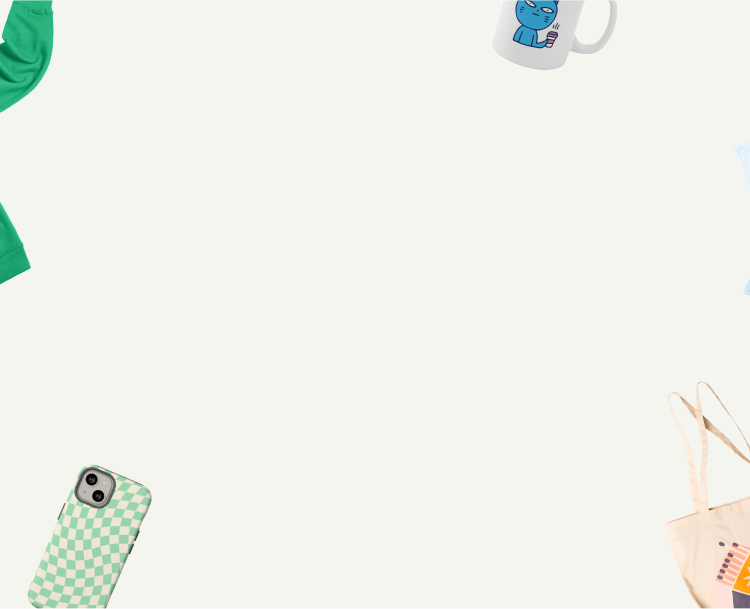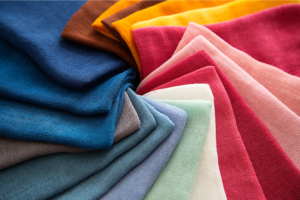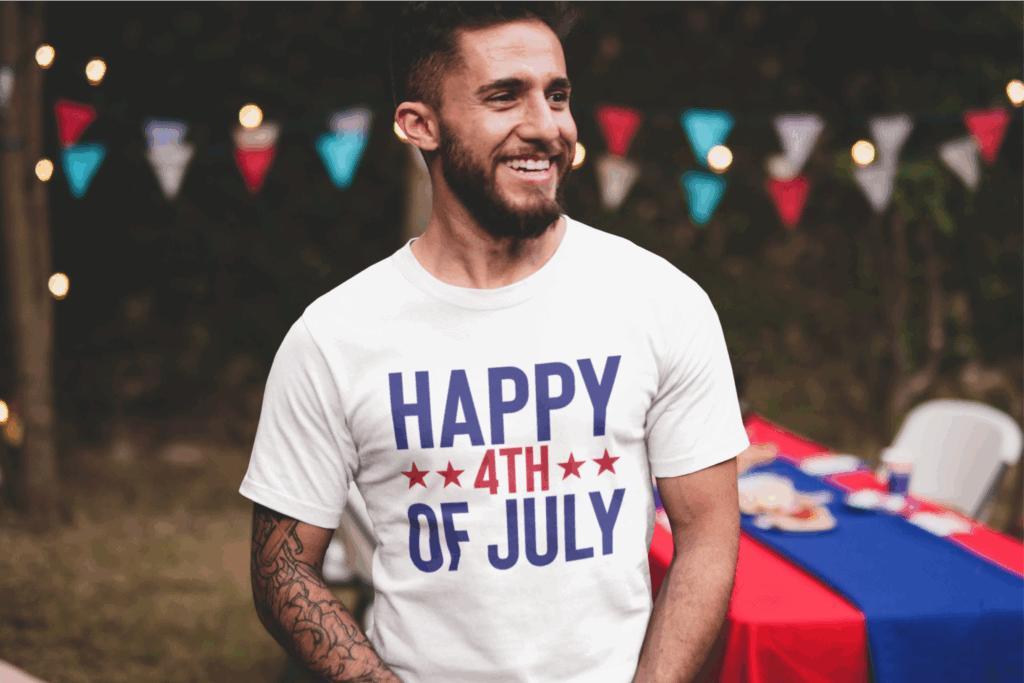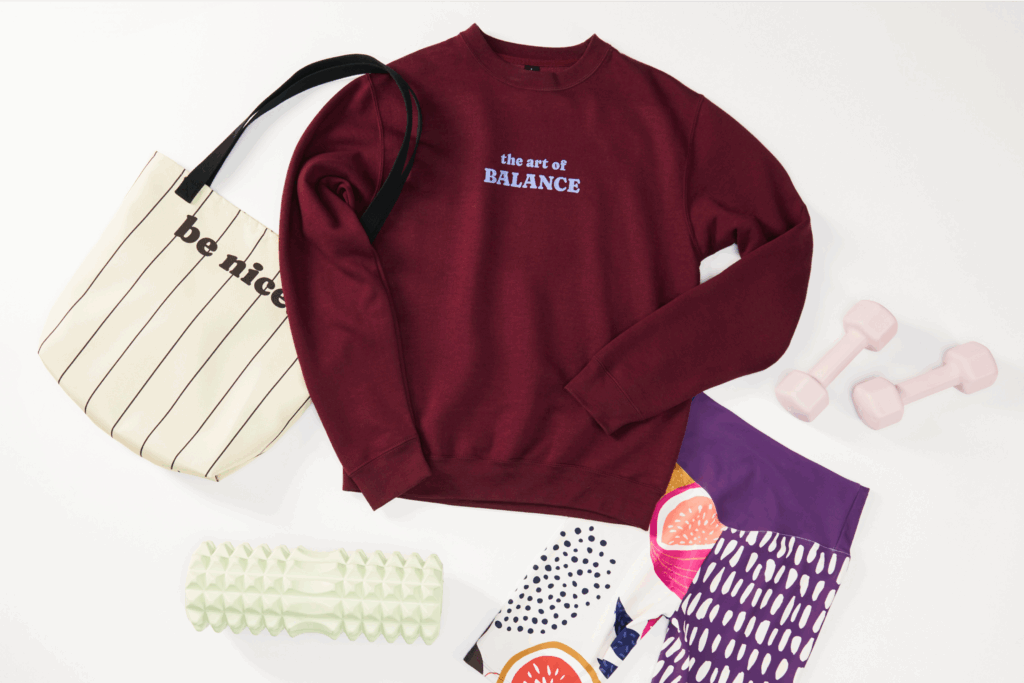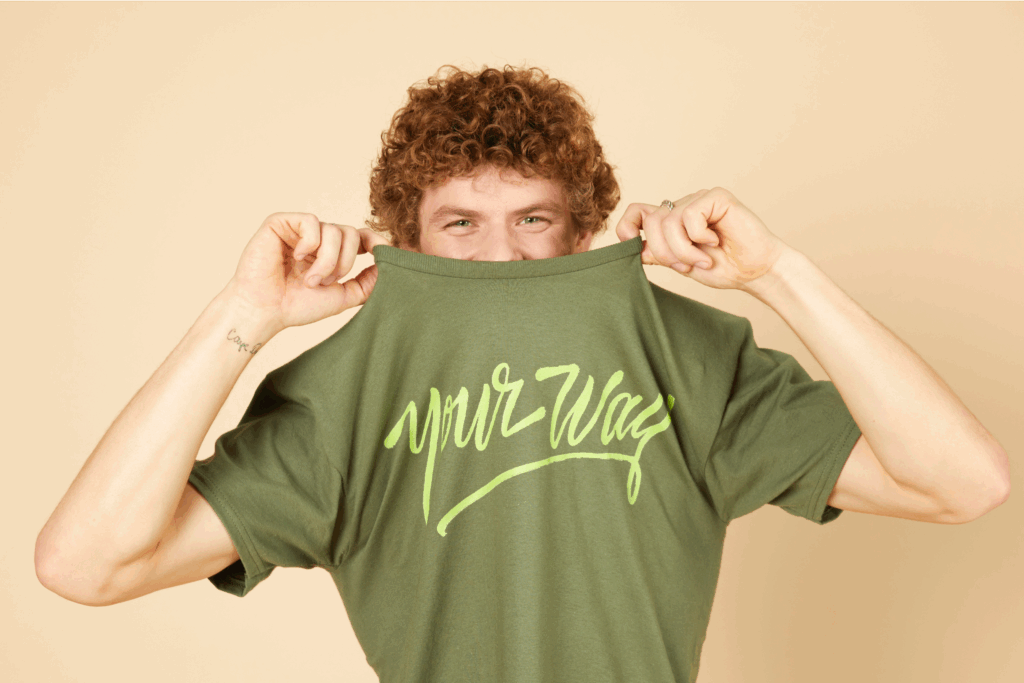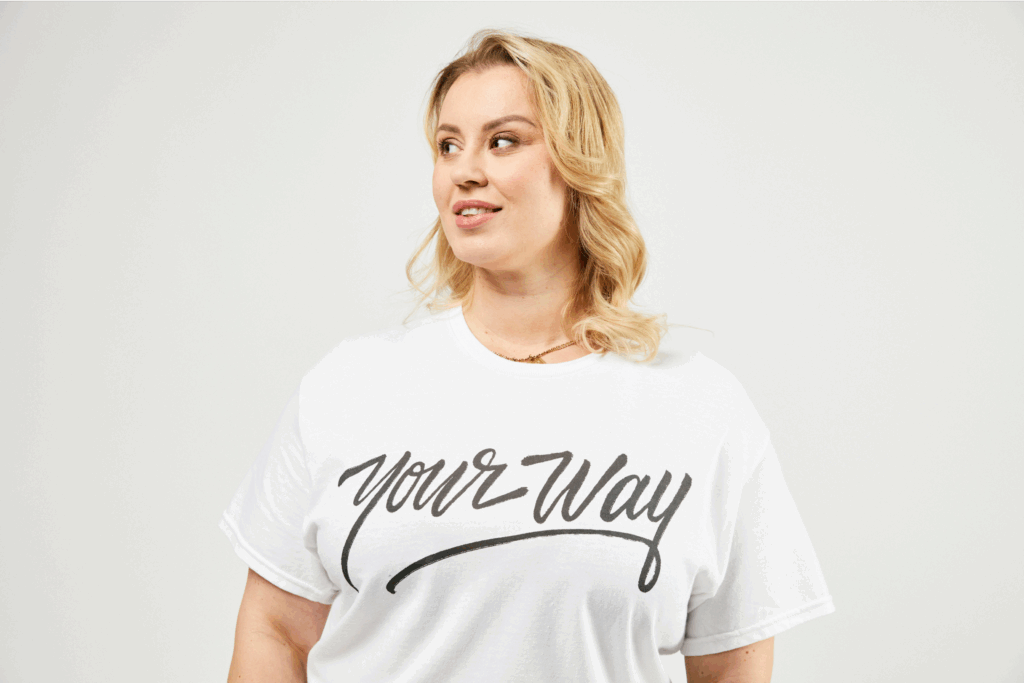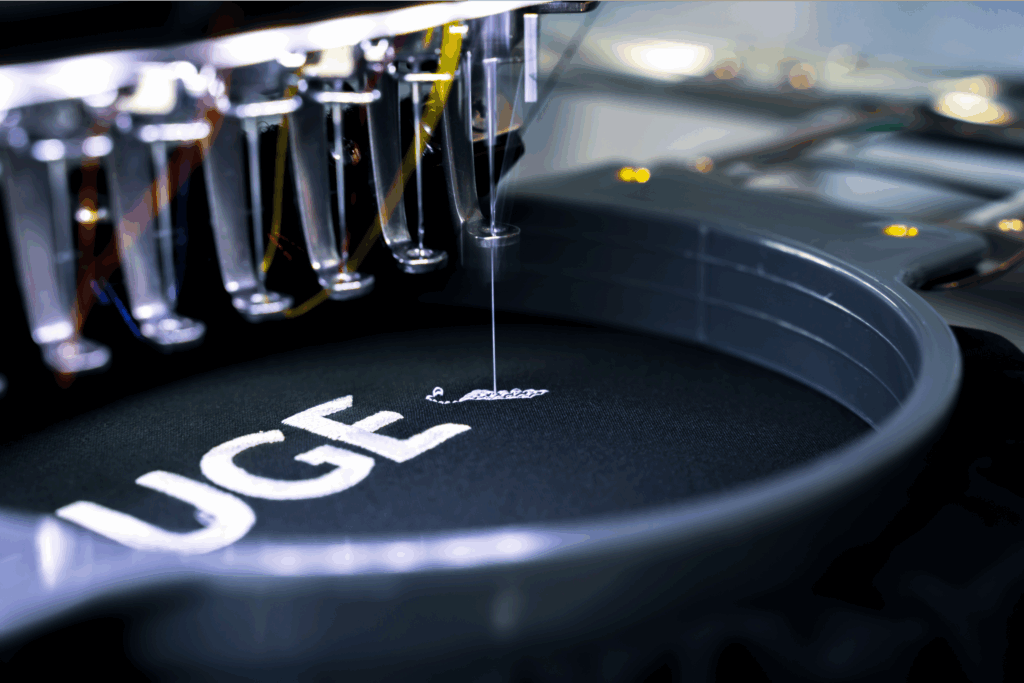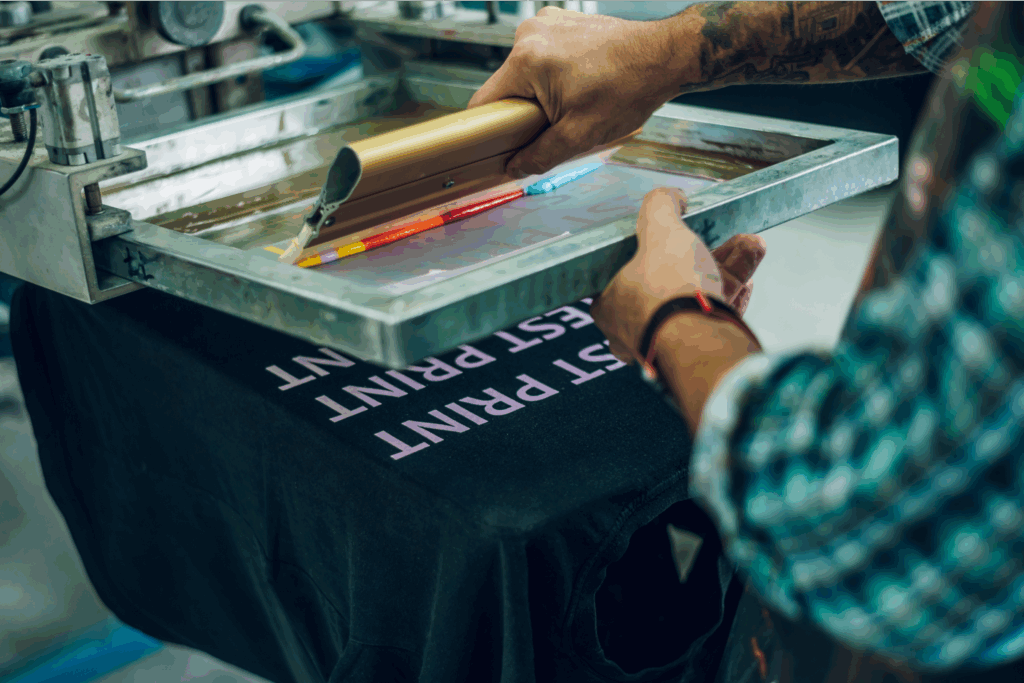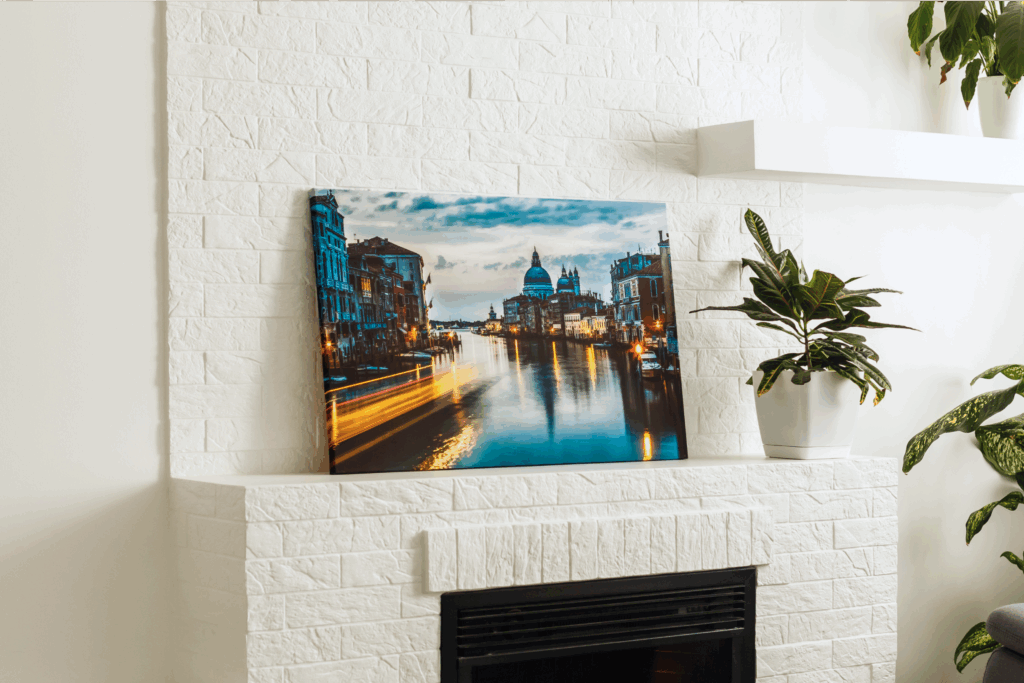Design custom products with Printify
Choosing the right fabrics is essential for creating high-quality, customized apparel in any print-on-demand business. Viscose, known for its softness, breathability, and lightweight feel, is a popular choice in the fashion industry.
In this article, we’ll explore viscose fabric, its characteristics, and how it compares to other materials, so you can decide if it fits your needs.
Key takeaways
- Viscose fabric is a semi-synthetic material made from regenerated cellulose, commonly sourced from wood pulp.
- It’s breathable, soft, and lightweight, making it perfect for warm-weather clothing.
- Viscose requires special care when washing due to its delicate nature and tendency to shrink.
- Softer than polyester and more breathable than cotton, viscose balances comfort and practicality.
- Printify offers a range of viscose-blend products ready for customization and print-on-demand selling.
What is viscose fabric?

What is viscose made from? Viscose, known as a type of rayon, is a semi-synthetic fiber made from regenerated cellulose, typically spun from wood pulp, such as eucalyptus, beech, and pine, or grasses like bamboo and sugarcane.
While rayon and viscose are often used interchangeably, their main difference lies in manufacturing.
There are three main types of rayon:
- Viscose rayon: Made from wood pulp, it’s a cost-effective and conventional viscose that’s often used as an alternative to silk, offering a similar drape and texture.
- Modal rayon: Derived from beech tree pulp, this fabric is softer, lighter, and uses fewer chemicals in production.
- Lyocell: Also made from beech tree pulp, lyocell is breathable, moisture-wicking, and produced with fewer chemicals, making it the more sustainable viscose type.
Each type has distinct characteristics based on how it’s made.
The characteristics of viscose fabric
Viscose rayon is a versatile fabric suitable for formal, sports, and casual wear. The mix of synthetic and organic compounds makes it a good choice for the print industry, but its delicate nature also has some downsides.
Originally known as artificial silk, viscose has a variety of amazing benefits:
- Soft feel: Viscose mimics silk’s appearance and feels as soft as cotton.
- Breathable: More breathable than synthetic fabrics, ideal for warm-weather clothing.
- Lightweight: Airy and lighter than cotton.
- Absorbent: Soaks up water, sweat, and oils, making it great for sportswear.
- Moisture-wicking: Less effective than other fabrics but suitable for dry heat.
- Color retention: Holds dye well, keeping colors vibrant over time.
And some drawbacks:
- Wrinkles easily: Prone to creasing, but blends can reduce wrinkling.
- Shrinks in the wash: Can shrink when washed if not cared for properly.
- Flammable: Easily ignites, similar to cotton.
- Environmental impact: May not always use sustainably sourced wood fibers.
- Delicate: Requires special care; fibers may break in the washing machine.
Not all viscose rayon fabric is created equal. The physical properties and impact on the environment depend heavily on the production process, supply chain sustainability, and the manufacturer’s integrity. When seeking a supplier, look at their manufacturing details.
How to wash viscose fabric?
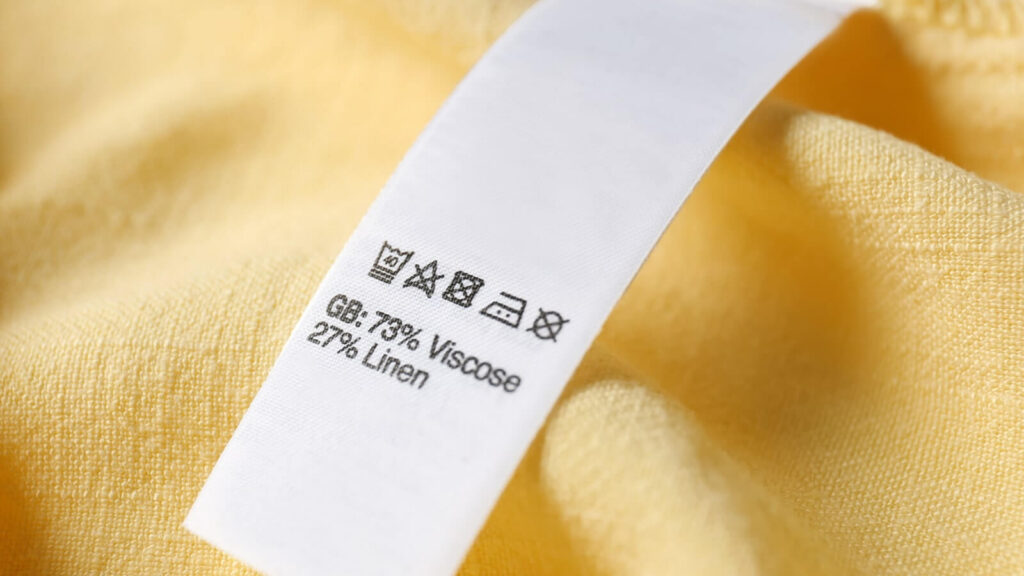
Due to its delicate nature, viscose fabric requires special care. Always check the care label first, as viscose is often blended with synthetic and natural fibers, affecting its properties.
If the garment isn’t machine washable, hand wash it in cold water. Fortunately, the most widely made viscose can go in the washing machine.
When machine washing viscose fabric, follow these steps:
- Select a gentle cycle or Hand Wash setting.
- Turn the clothes inside out to help maintain breathability and prevent shrinking.
- Use a mesh laundry bag to protect the fabrics from snags and tears.
- Set the water temperature to cold and the spin to the lowest setting.
- Avoid using a dryer if possible. Instead, air-dry the fabric to preserve its quality.
- If removing stains, rub the stained area briefly with a mild detergent to avoid damage.
Does viscose shrink?
Yes, unfortunately, conventional viscose fabrics can shrink. Typically, viscose clothing is made from a blend of fibers from wood pulp cellulose. The amount of shrinkage depends on the percentage of viscose and other materials in the fabric, especially organics like cotton and silk.
If your clothing is 100% viscose, it can shrink significantly, so check the care label and read the washing instructions carefully before ordering or selling to avoid damaging the material.
Is viscose breathable?
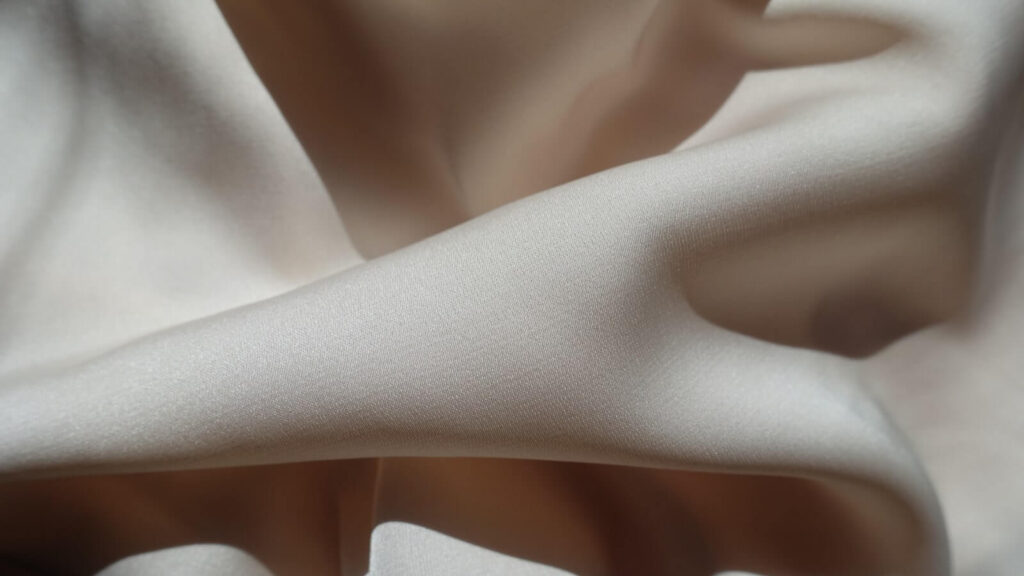
Yes, this semi-natural fabric is highly breathable and more affordable than other alternatives like silk, while being much easier to dye for print-on-demand fulfillment.
Viscose effectively absorbs water, sweat, and body oils, making it an excellent choice for hot summer days. It doesn’t trap body heat and lets air flow freely through the threading.
Make it happen today!
How is viscose fabric manufactured?
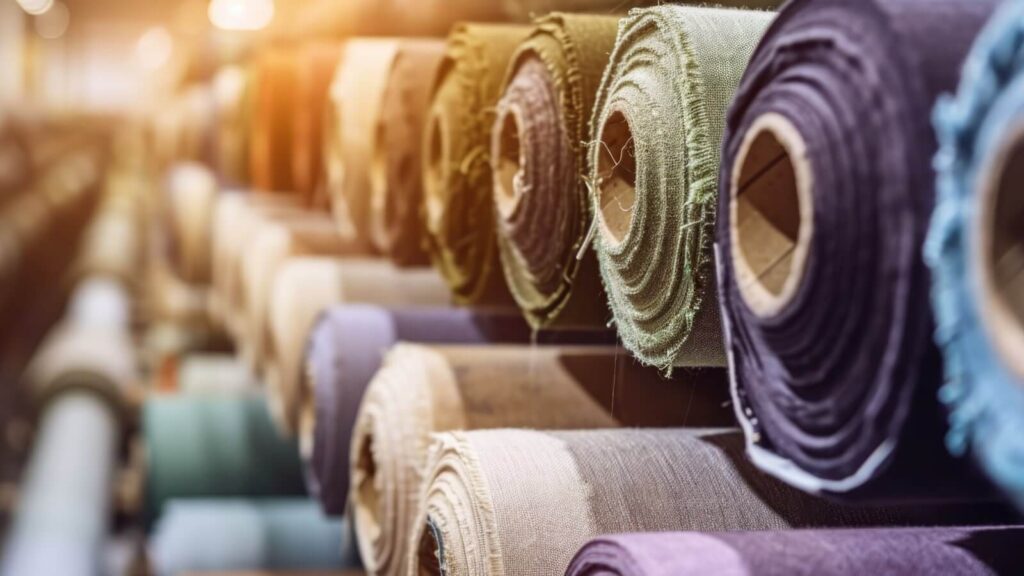
Although viscose is made from natural materials, its manufacturing processes involve a variety of chemicals that need to be properly recovered and reused.
These chemicals used in manufacturing can be found in air emissions around viscose manufacturing sites. However, viscose rayon, a plant-based fiber, is biodegradable and breaks down quicker than cotton products, which produces less waste for fast fashion clothing.
If asked whether it’s eco-friendly, the answer is no – even though viscose is made from organic material (a renewable resource), the environmental impact of its production is still high.
As supply chains become more transparent and less energy-intensive, and sustainable production is adopted more frequently, viscose fabrics have the potential to be eco-friendly.
Viscose vs. other fabrics
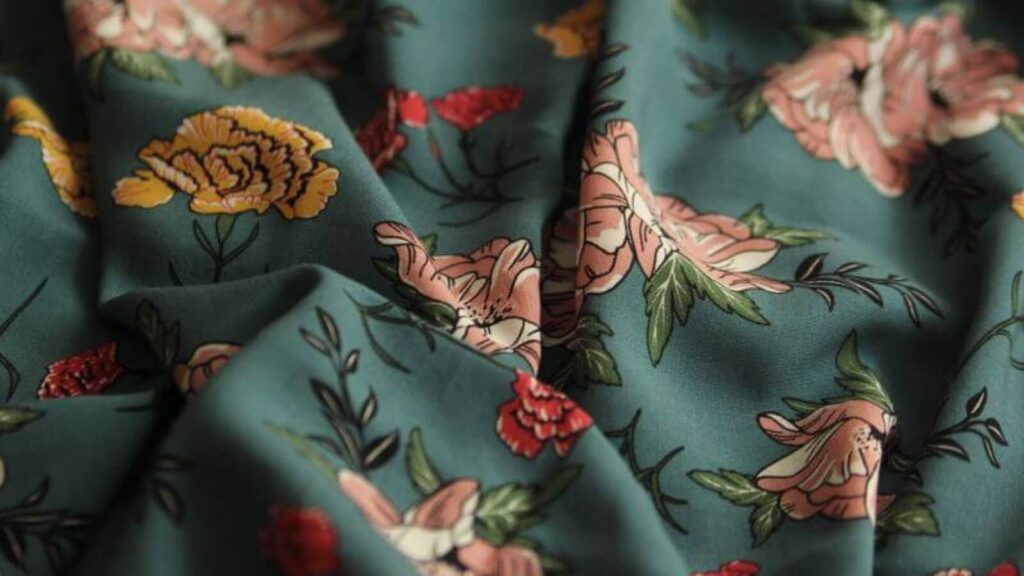
Viscose rayon fabric has various great properties that have made it popular in the fashion industry as an alternative to silk, cotton, and polyester. It’s a versatile material ideal for t-shirts, skirts, blouses, dresses, bed sheets, towels, and various other products.
Let’s explore how viscose compares to cotton, polyester, and modal rayon.
| Viscose | Cotton | Polyester | Modal Rayon | |
|---|---|---|---|---|
| Origin | Semi-synthetic fiber made from wood pulp and other regenerated cellulose | Made from natural materials | Fully synthetic, made from petroleum (a non-renewable resource) | Made from beech tree wood pulp, similar to viscose but more processed |
| Texture | Soft and silky smooth, can feel cold against the skin | Soft, comfortable | Smooth, durable, wrinkle-resistant | Soft and smooth |
| Durability | Less durable when wet. More durable than silk, but less than cotton and polyester | Generally strong and maintains durability when wet, but can weaken under heavy stress when saturated | Highly durable, maintains strength when wet, resistant to shrinking and stretching | More durable than viscose, retains softness and shape when wet, but still weaker than cotton and polyester |
| Wrinkling | Fibers tend to wrinkle and crease | Less prone to wrinkling | Highly resistant to wrinkles | Similar to viscose in wrinkling |
| Breathability | Breathable, suitable for warm weather | Breathable, great for garments worn close to the skin | Wicks moisture easily, but less breathable than viscose | More breathable, lighter, and stronger than viscose |
| Moisture-wicking | Absorbs moisture well, but less moisture-wicking | High moisture absorption, perfect for absorbing sweat | Wicks moisture efficiently | Breathable and moisture-wicking |
| Resistance to pilling | More likely to pill | Less likely to pill | Resists pilling well | Less likely to pill than viscose |
| Eco-friendliness | Not considered eco-friendly, though made from organic materials | Biodegradable and eco-friendly | Not eco-friendly, made from non-renewable resources | More eco-friendly than viscose, with less harmful waste |
| Versatility | Blends well with other synthetic and natural materials | Versatile, blends well with other materials | Often blended with natural fibers to enhance performance | Versatile, with greater fiber strength |
Products with viscose from our Catalog
Viscose blends are common in the fashion industry, offering a balanced combination of comfort, breathability, and durability.
Whether you’re looking for t-shirts, tank tops, or blankets, here are some products you can customize to your heart’s content with just a few clicks.
Sell viscose products with Printify
Start a print-on-demand business easily and sell viscose products with no upfront investment or minimum order requirements. Printify has everything you need to profit.
- Sign up: Create a free account on Printify in just a few clicks.
- Select a product: Browse our Catalog and choose from over 1,000 customizable products.
- Apply your design: Use Printify’s Product Creator to easily design your products.
- Decide where to sell: Connect your store with top eCommerce sales channel integrations.
- Let Printify do the rest: Our Print Providers handle production and shipping for your orders.
FAQ
Viscose fabric is a semi-synthetic material made from regenerated cellulose, typically sourced from wood pulp. It’s versatile and has a smooth, soft texture similar to silk.
Is viscose a natural fiber? While viscose is not a purely natural fiber, it’s derived from natural sources and undergoes chemical processing, making it a semi-synthetic material.
Viscose is a fabric made from a blend of natural cellulose fibers and chemical processing, creating a material that feels lightweight and breathable.
Is viscose synthetic? Not completely – it’s considered semi-synthetic because, while it’s made from natural wood pulp, the extensive chemical process makes it different from fully natural fibers like cotton or fully synthetic ones like polyester.
Viscose fabric is widely used in making soft, breathable garments like dresses, skirts, blouses, and other lightweight clothing. Its versatility and comfort make it a popular choice for summer wear.
Is viscose fabric stretchy? While viscose fabric isn’t naturally stretchy, it can offer a bit of stretch if blended with elastic fibers like spandex.
Viscose fabric is typically thin and lightweight, making it perfect for flowy garments like dresses, skirts, and blouses. It drapes well and feels soft against the skin.
Viscose is a cool, breathable fabric that’s suitable for warm-weather clothing. It helps wick away moisture and allows airflow, making it comfortable for hot climates.
Now you know everything about viscose
In the vast world of fabrics, neither is better than the other. The truth is, different fabrics all have strengths and weaknesses – viscose is no exception. If you want to meet in the middle between synthetic or natural fabric, viscose is a good choice that awards a silk-textured and smooth feel.
With numerous great properties, viscose fabric is a widely used material in the print-on-demand industry, where you can find many ready-made viscose products to customize for selling.
